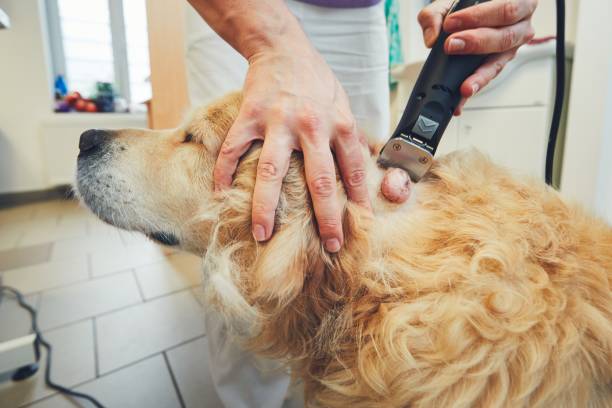Shedding is a necessary process for cats since the old hair has to fall out to make room for the new. However, excessive shedding in cats can be a huge problem for owners since it sticks to everything in the home. This is particularly a problem for owners of longer-haired breeds. Here are a few tips to reduce cat shedding.
Table of Contents
ToggleIs It Really A Tumor?
A lot of pet parents are surprised to learn that not everything which feels like a mass is actually one. In particular, fluid pockets and abscesses can commonly feel quite hard to the touch, even though they’re filled with fluid and swollen rather than being actual tissue. It is quite rare for one of these to be malignant, even though they form fairly commonly. Taking your pup to the vet is always the best option, but in many cases when an unidentified bump is determined to be fluid, no treatment is necessary
Not All Tumors Are Dog Cancer
If it isn’t a cyst, it may well be an actual mass. But even still, it’s hardly guaranteed to be cancer. Especially in older pets, dog tumors form naturally and can be completely benign. The process isn’t quite understood, but unless these shallow, skin-level growths are in a place where they are causing pain (between the toes, in a joint, etc) they can usually be left where they are.
Always Get It Checked By A Vet
Unexplained lumps and bumps are always cause for a trip to the vet. It doesn’t usually need to be an emergency visit, unless your pup seems to be in extreme pain, or the mass seems to be growing incredibly rapidly. Usually scheduling an appointment for a few days after the initial discovery is just fine. In the meantime, observe the behavior of the lump. Does it seem to be growing? Are there any others that you notice? All of these notes will help in the diagnosis process when you do go into the office.
A Biopsy Will Tell For Sure
The only way to be certain about the nature of any growth is to perform a biopsy. In a biopsy, cells are removed from the mass and examined by an expert, who will offer an opinion about what they truly are. Many vets are comfortable offering a preliminary diagnosis in the actual office, but virtually all of them will send samples off to a lab just to be sure. It is always better to be thorough than to miss something.
How To Reduce Them
In the case of most growths, their catalyst or cause is unexplained. Why they develop is mysterious, but their treatment is straightforward: either they can be removed surgically, or they cannot. If you choose surgery, the recovery period may be long and difficult. However, leaving it in might be a hazard itself. A professional’s advice should always be taken into consideration when making a choice like this. If you don’t operate, radiation and nutritional support are two good options. Radiation can be very taxing, which makes adding supplementation doubly beneficial: it can help reduce the growth itself in some cases and it may assist with support during the other treatments.




